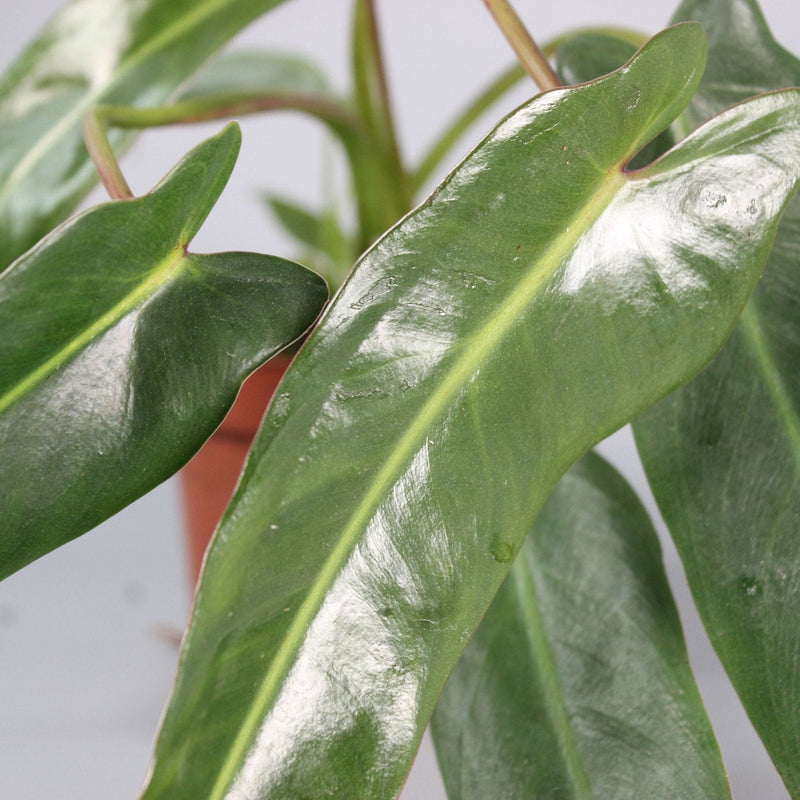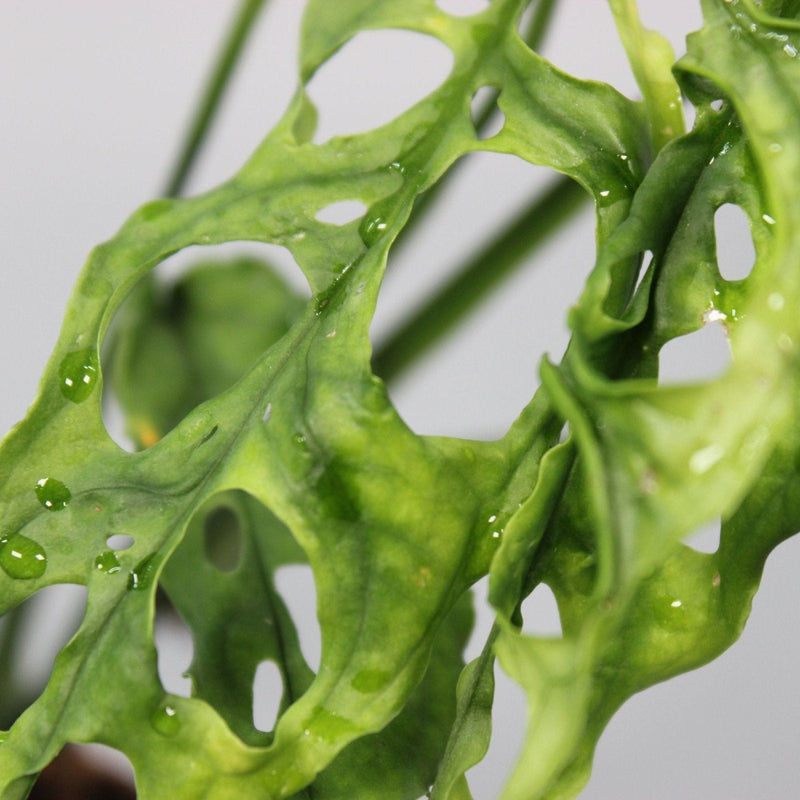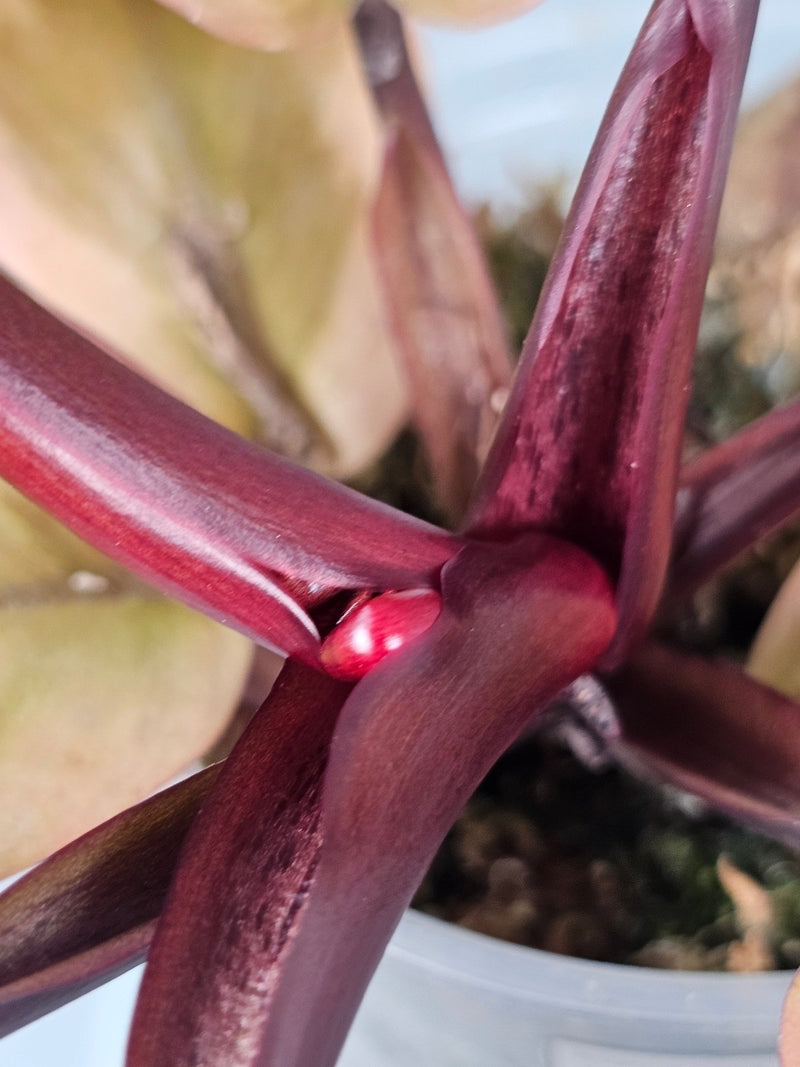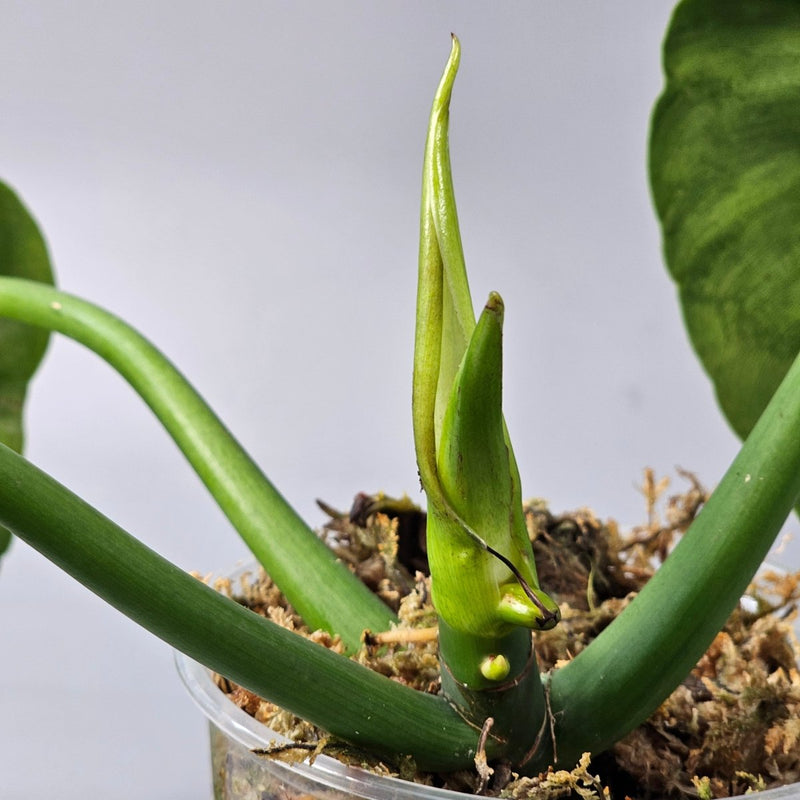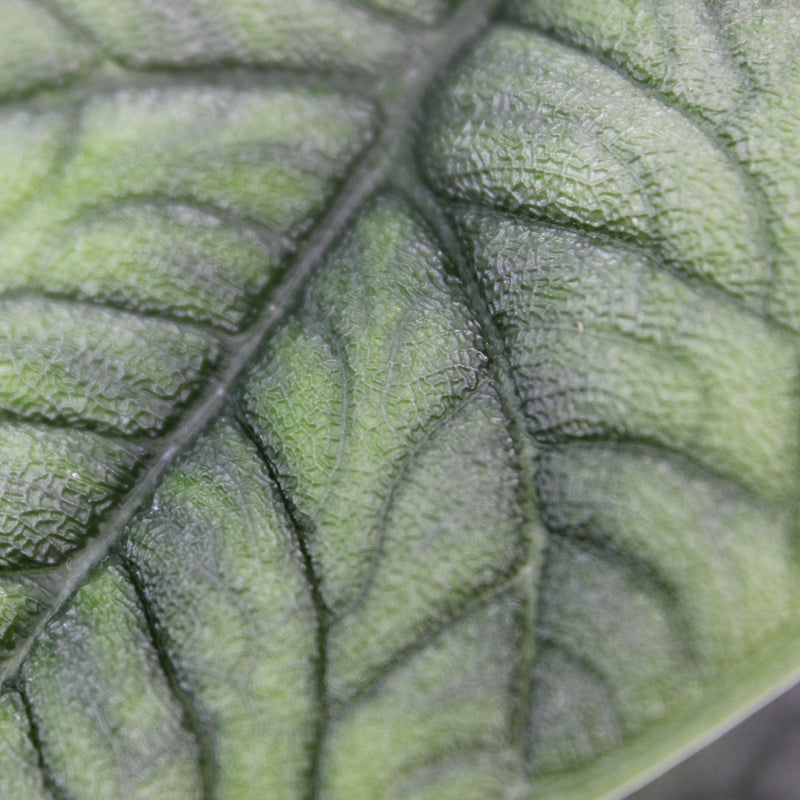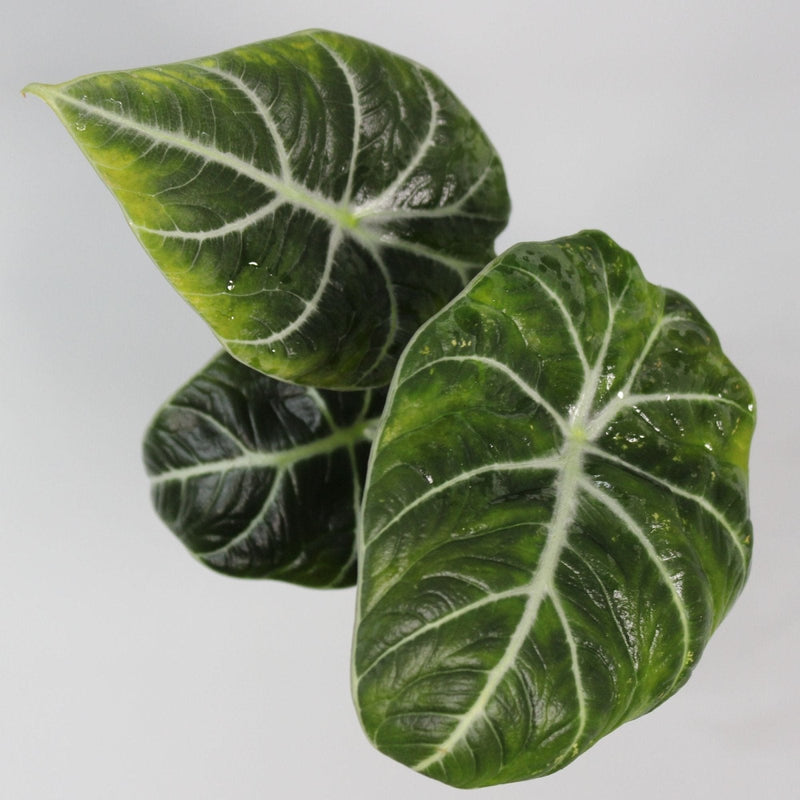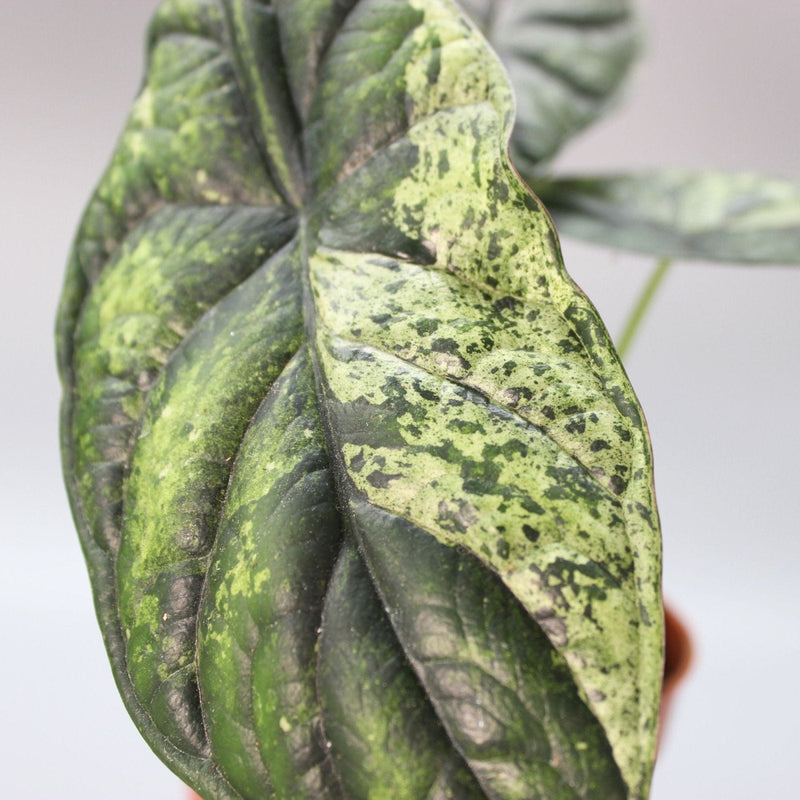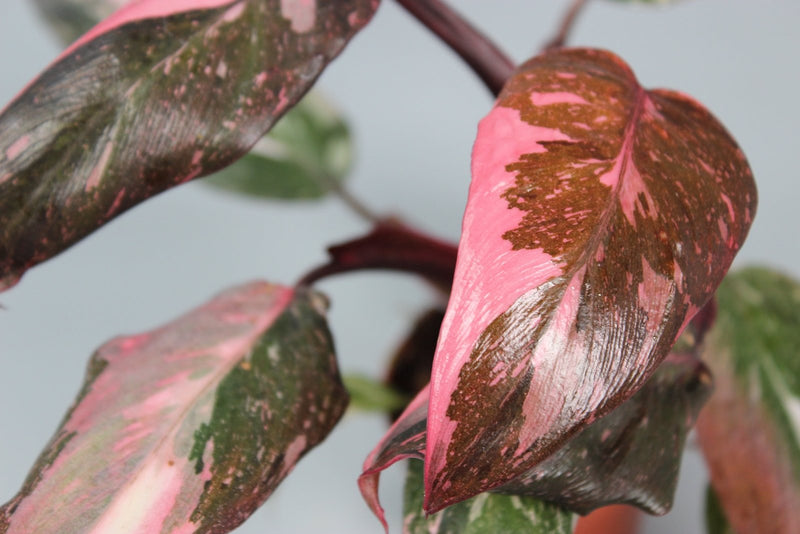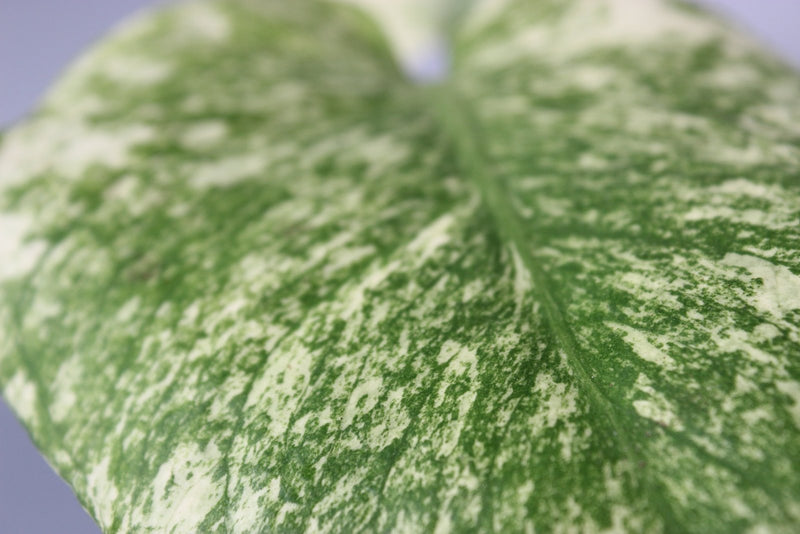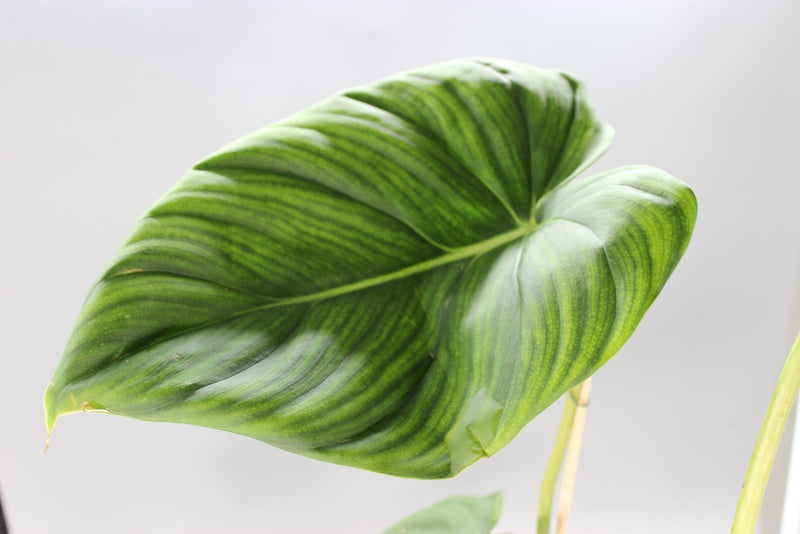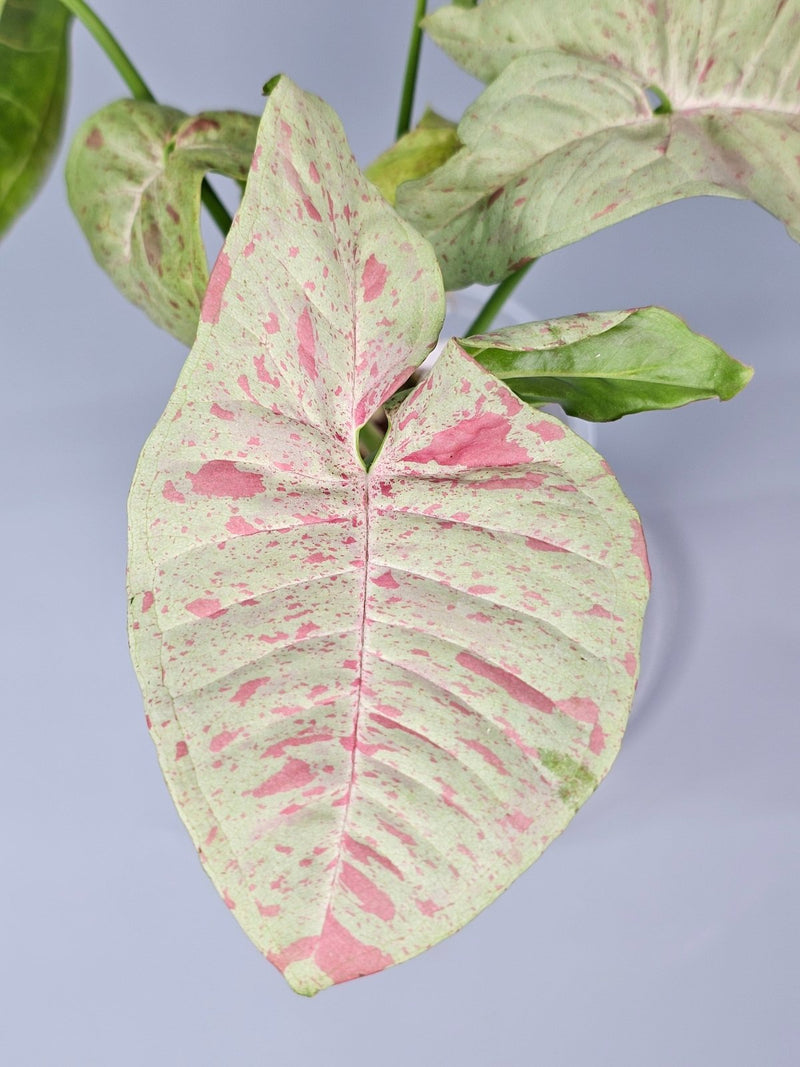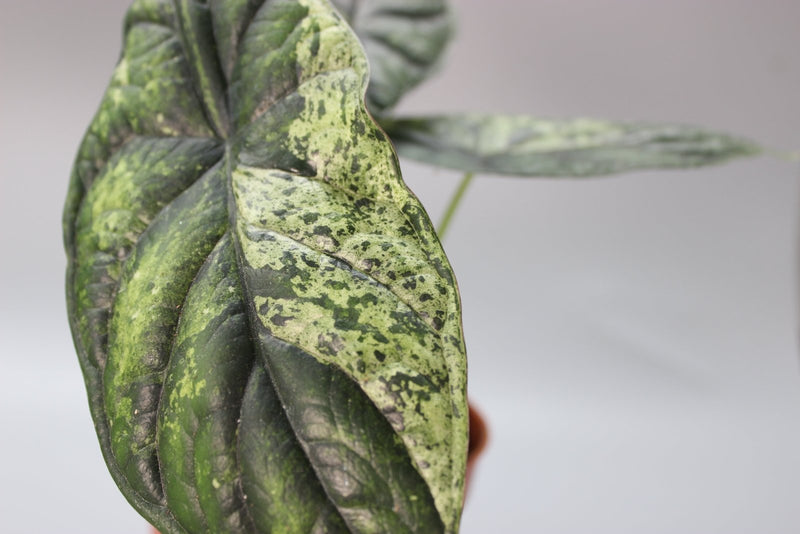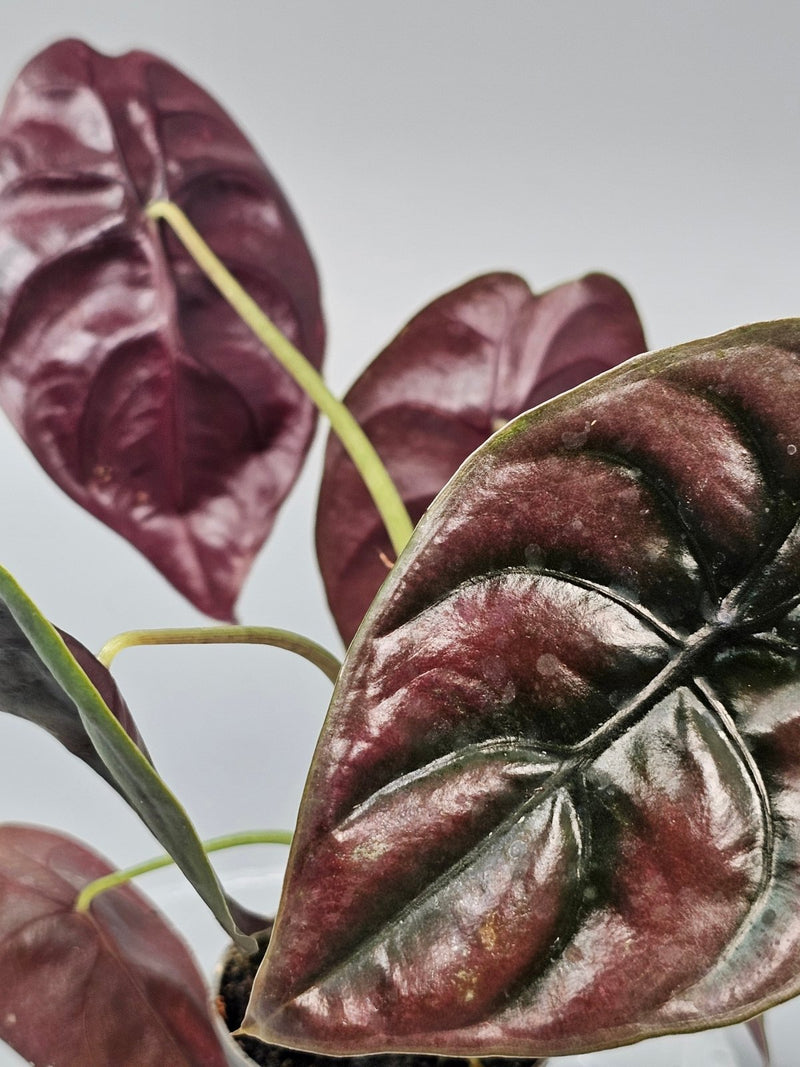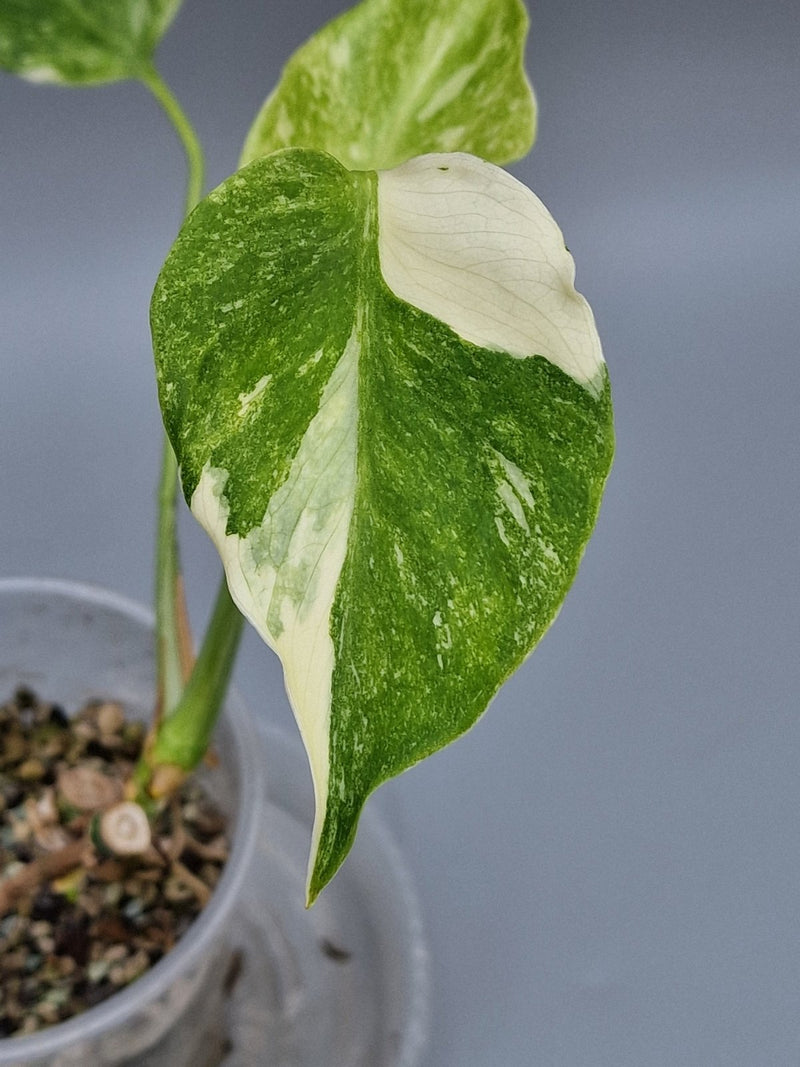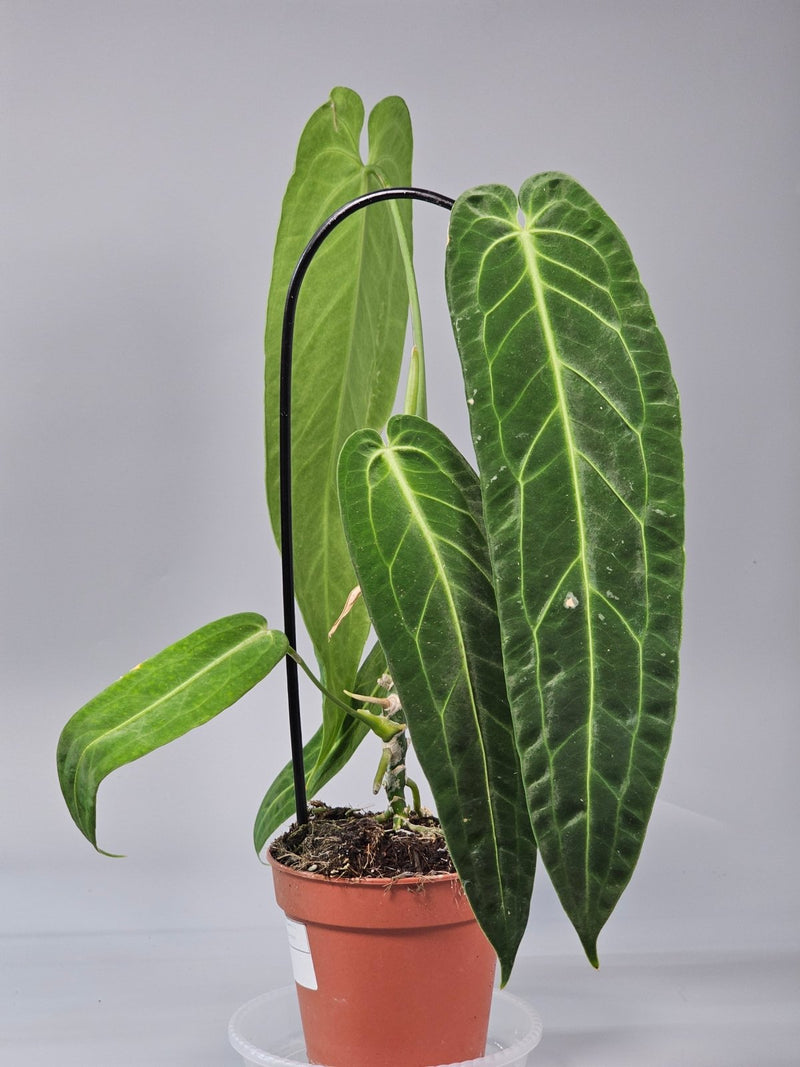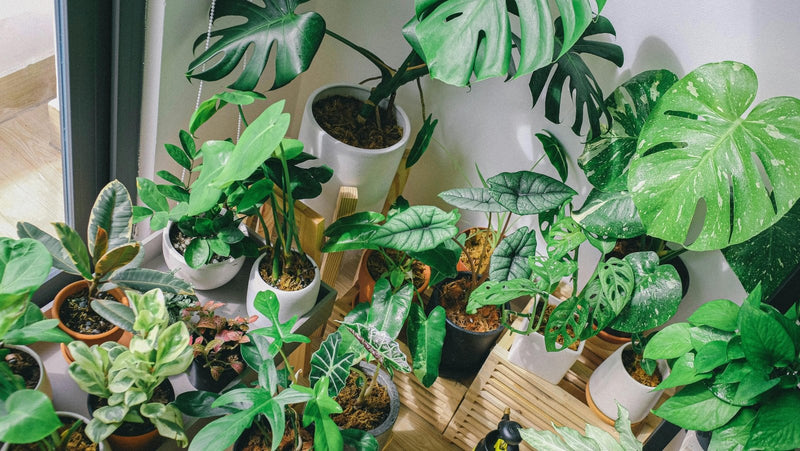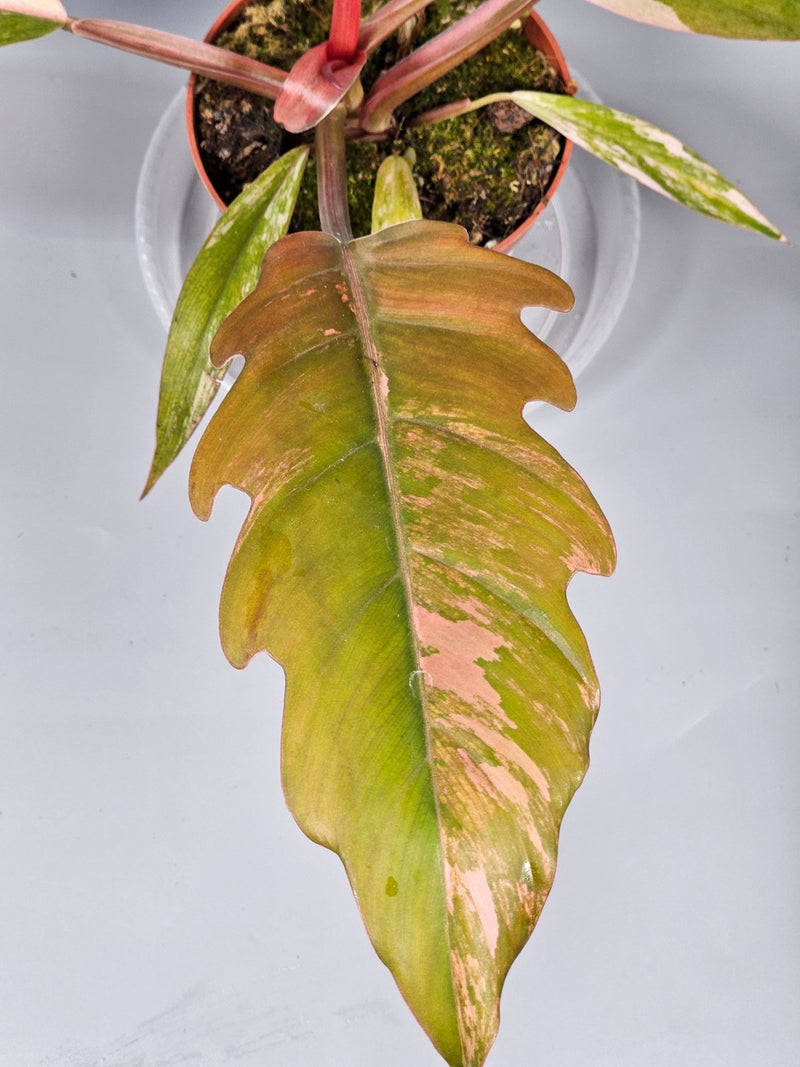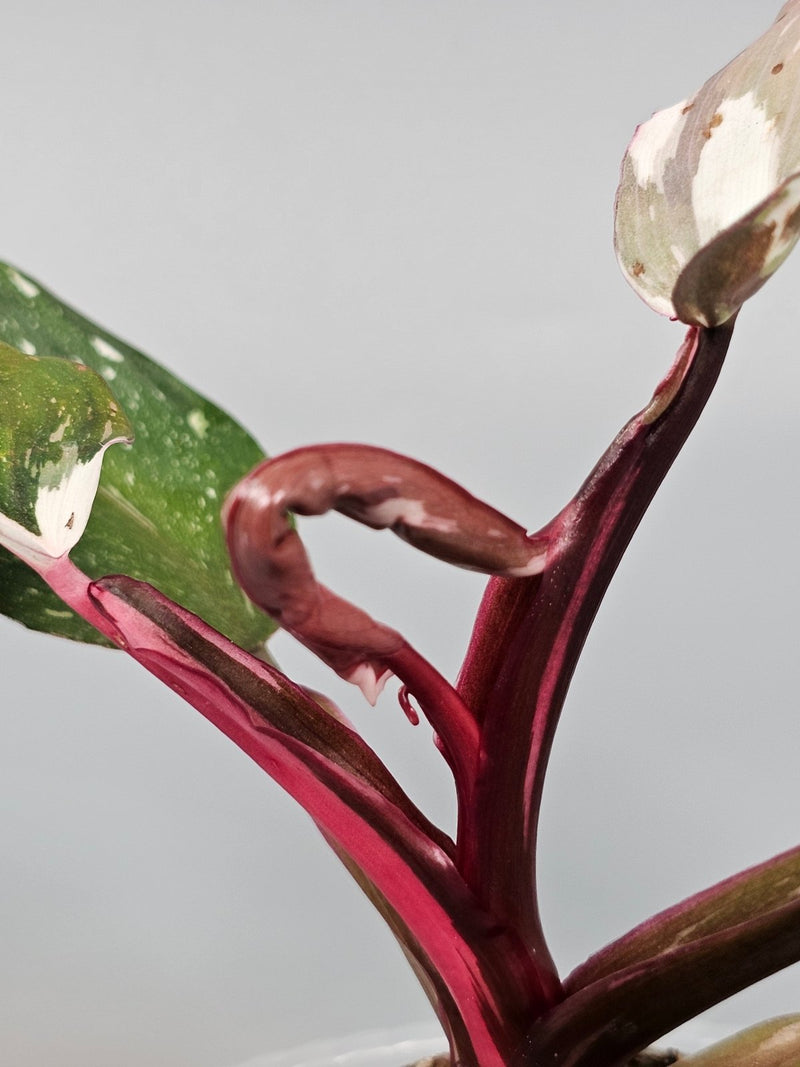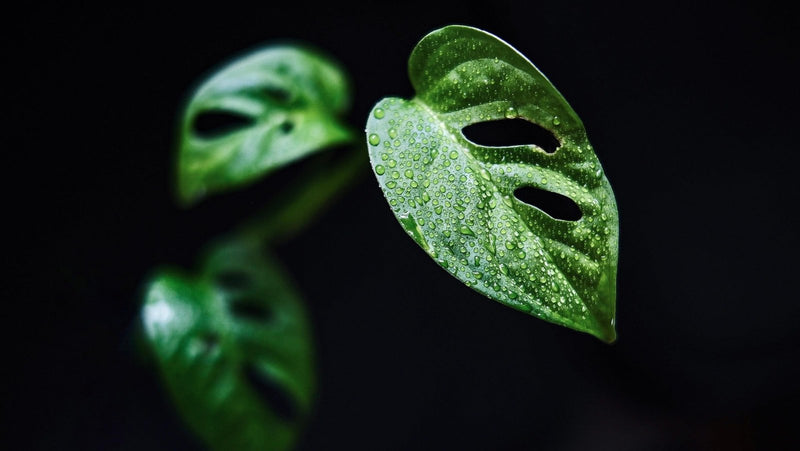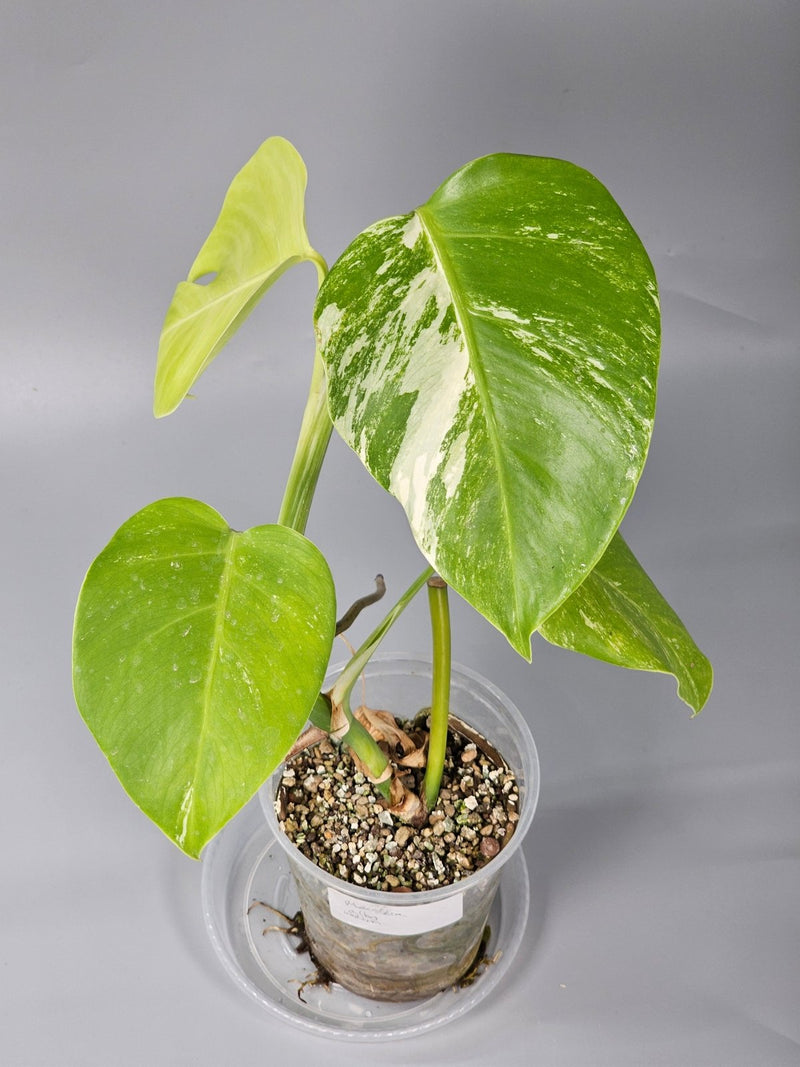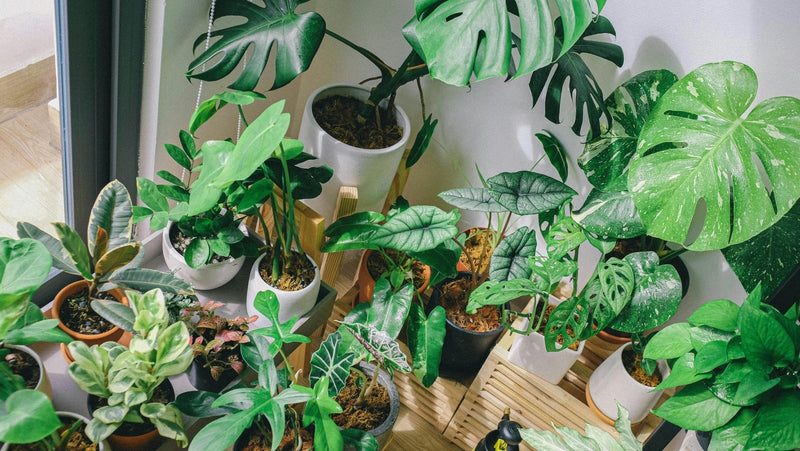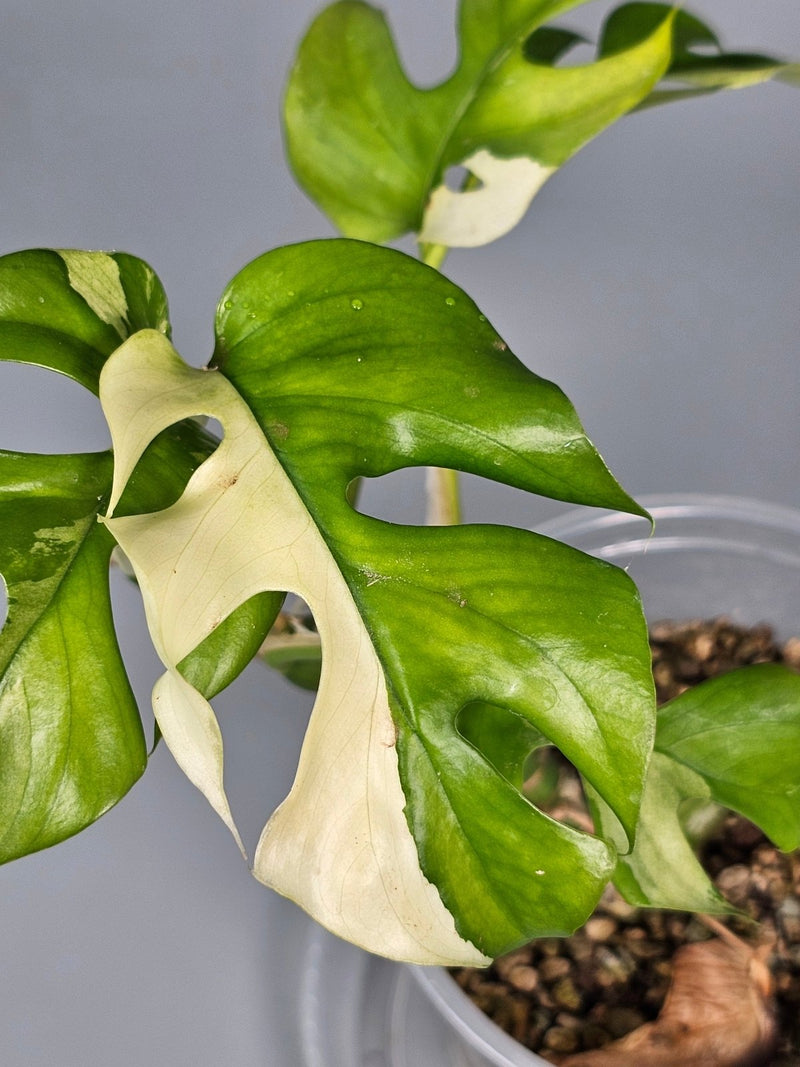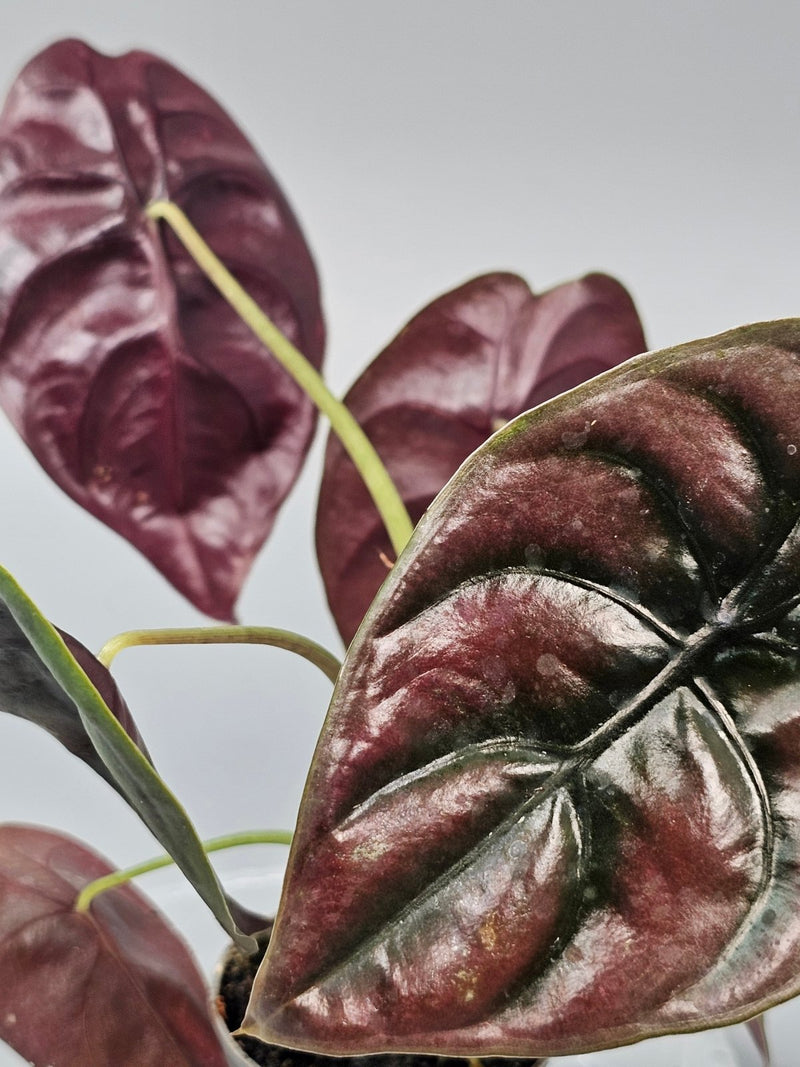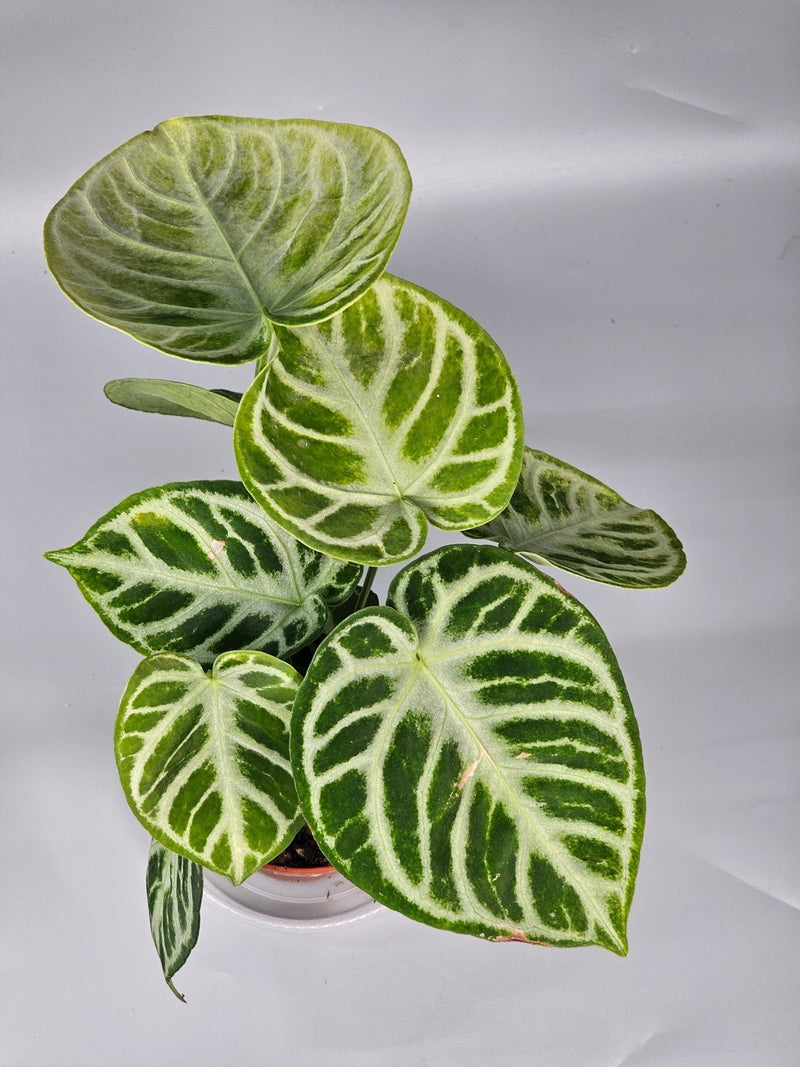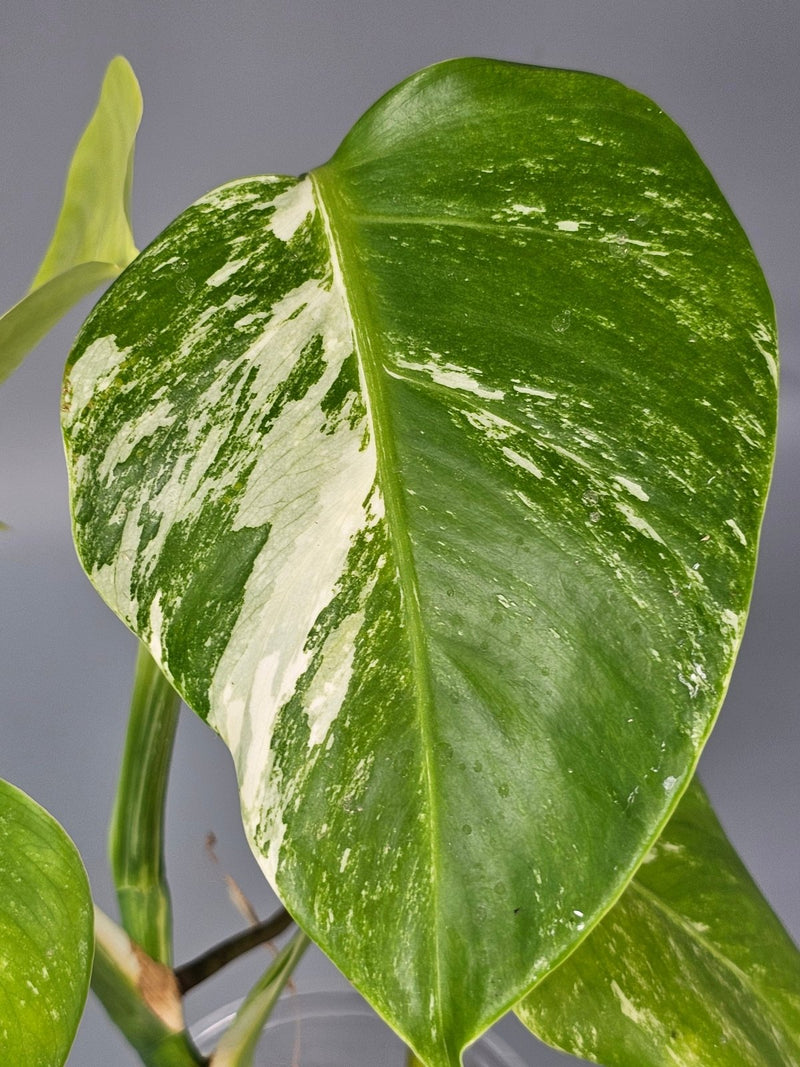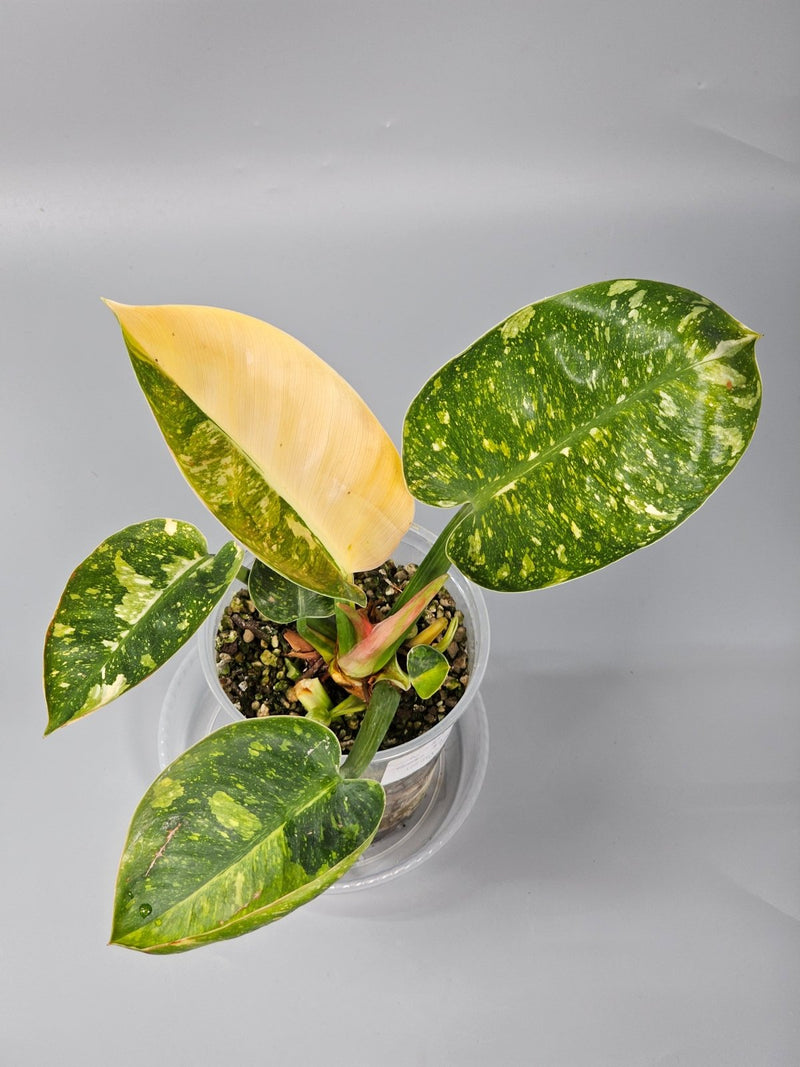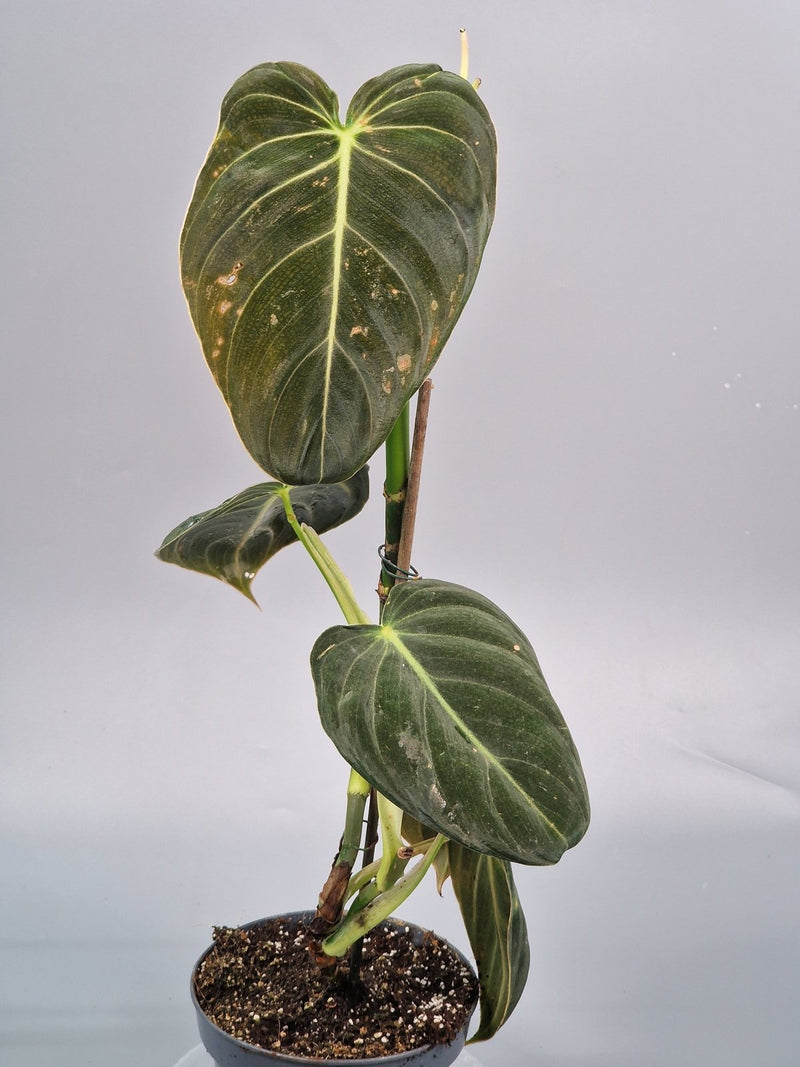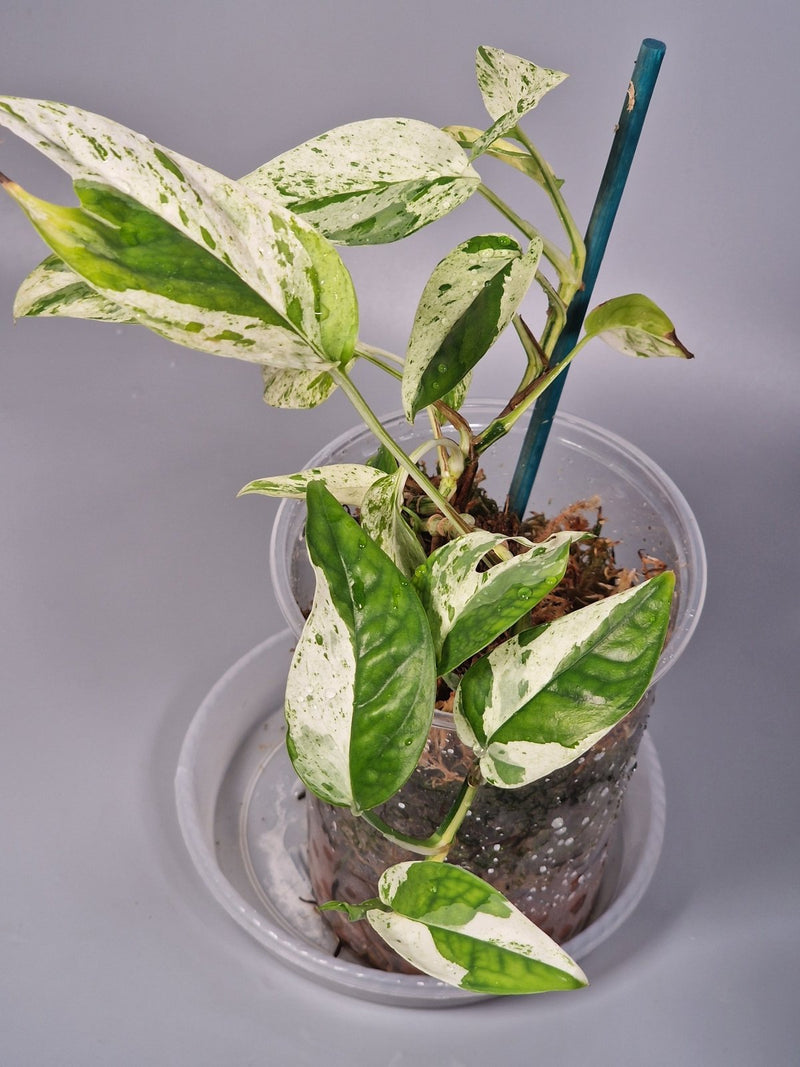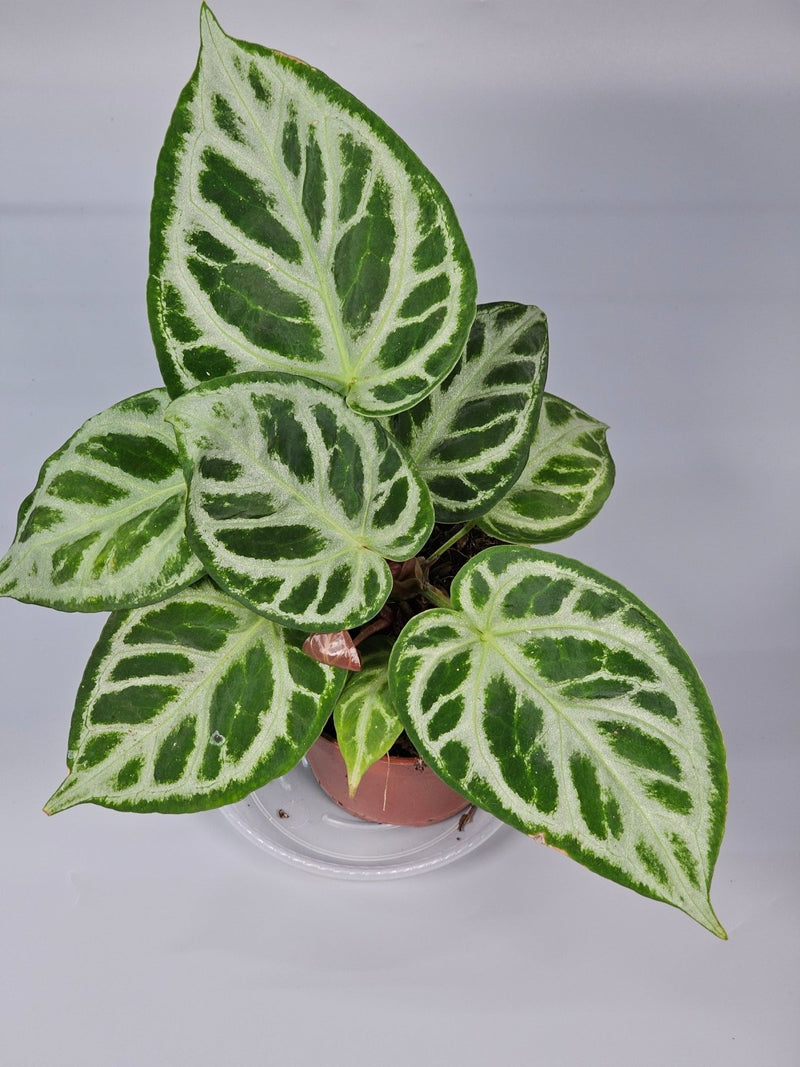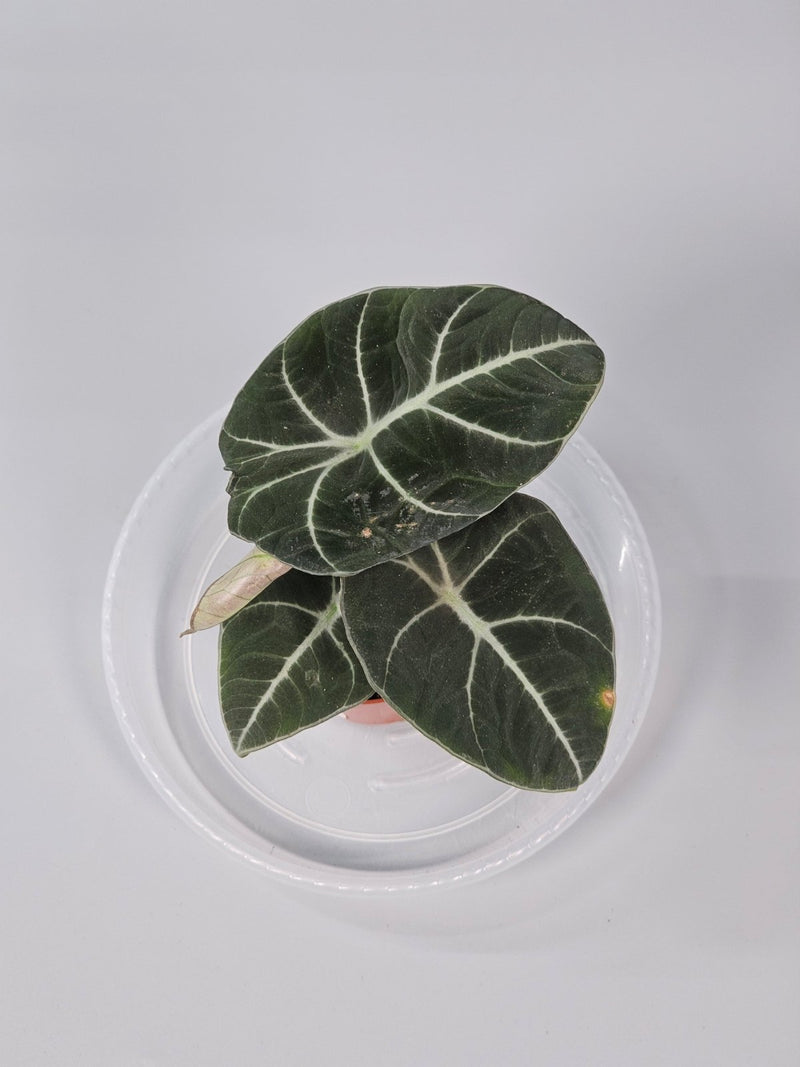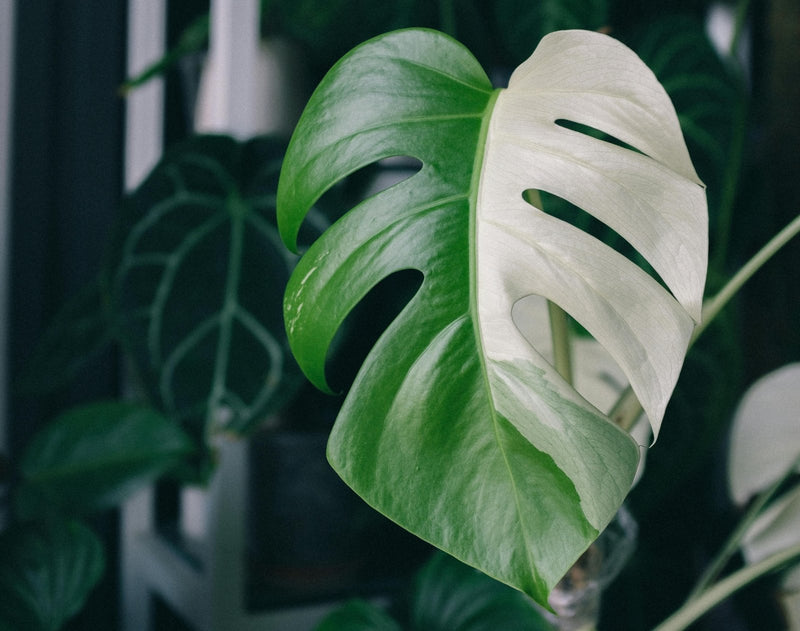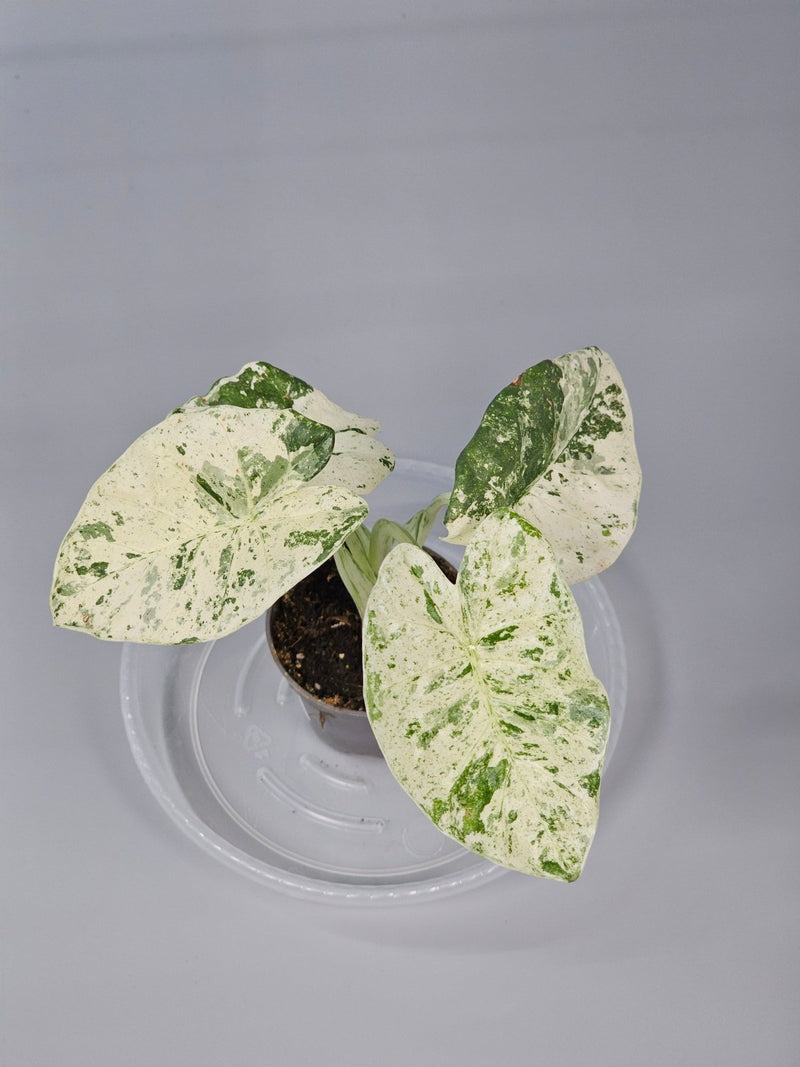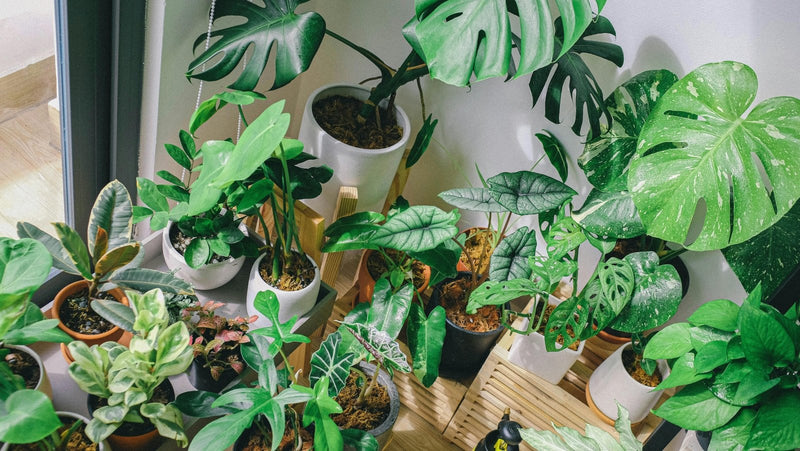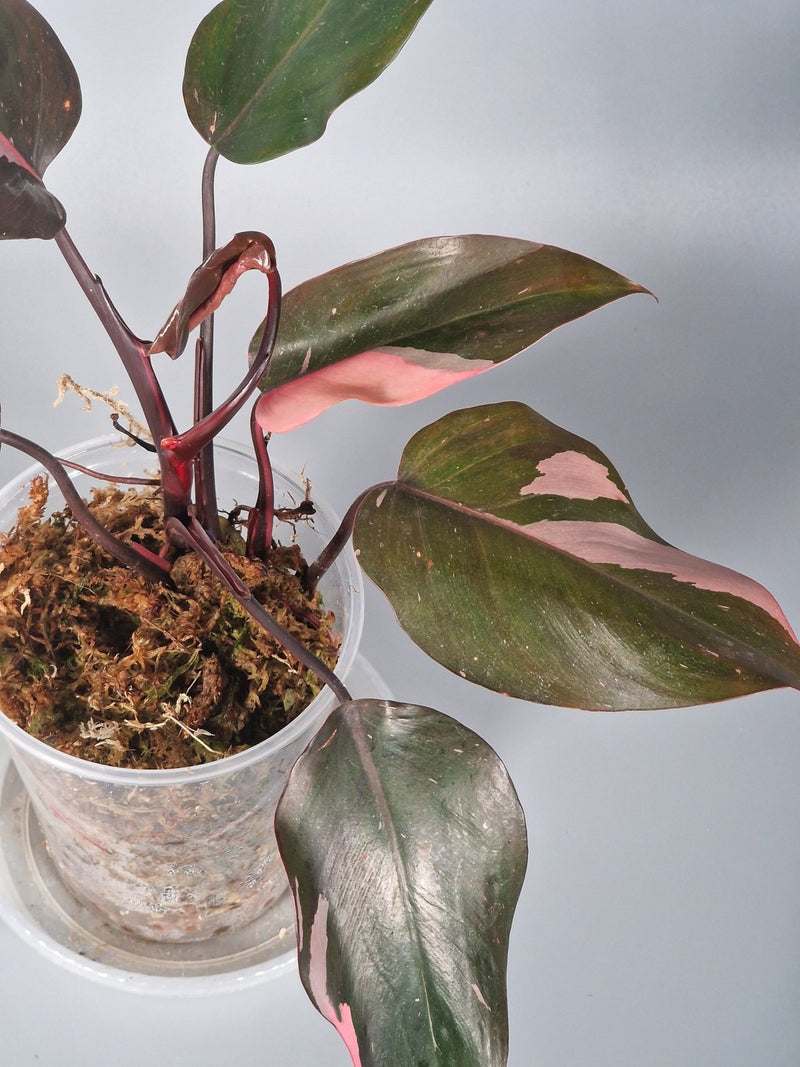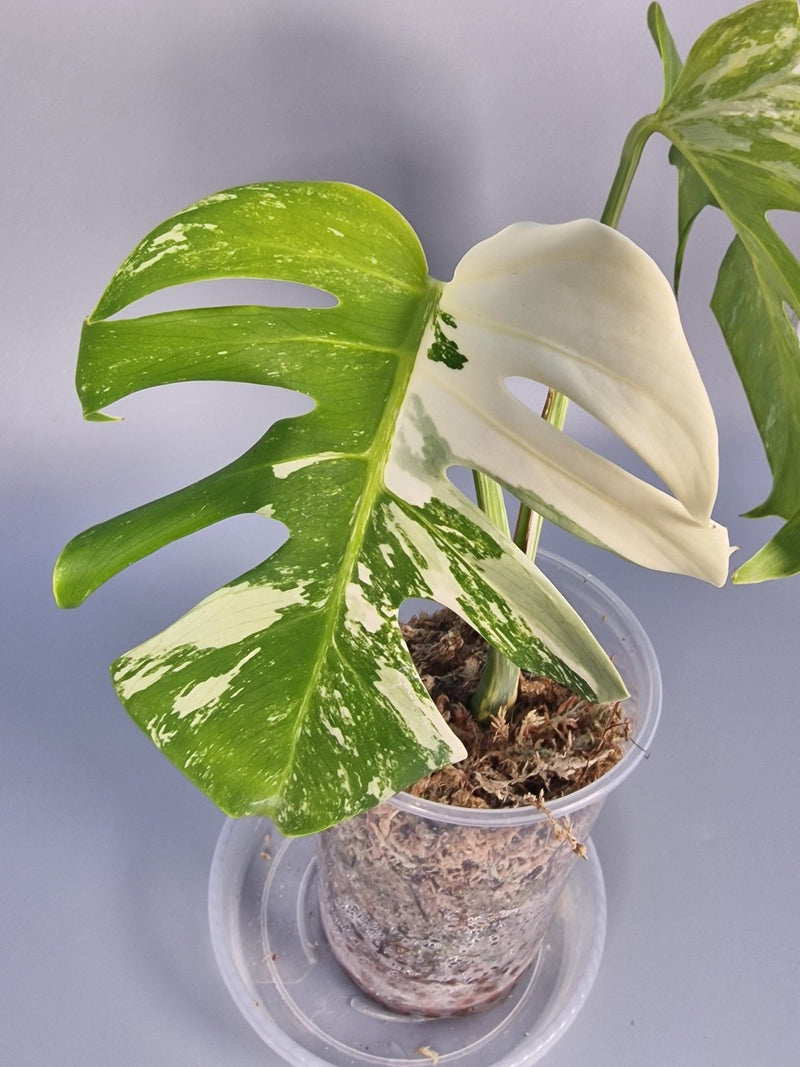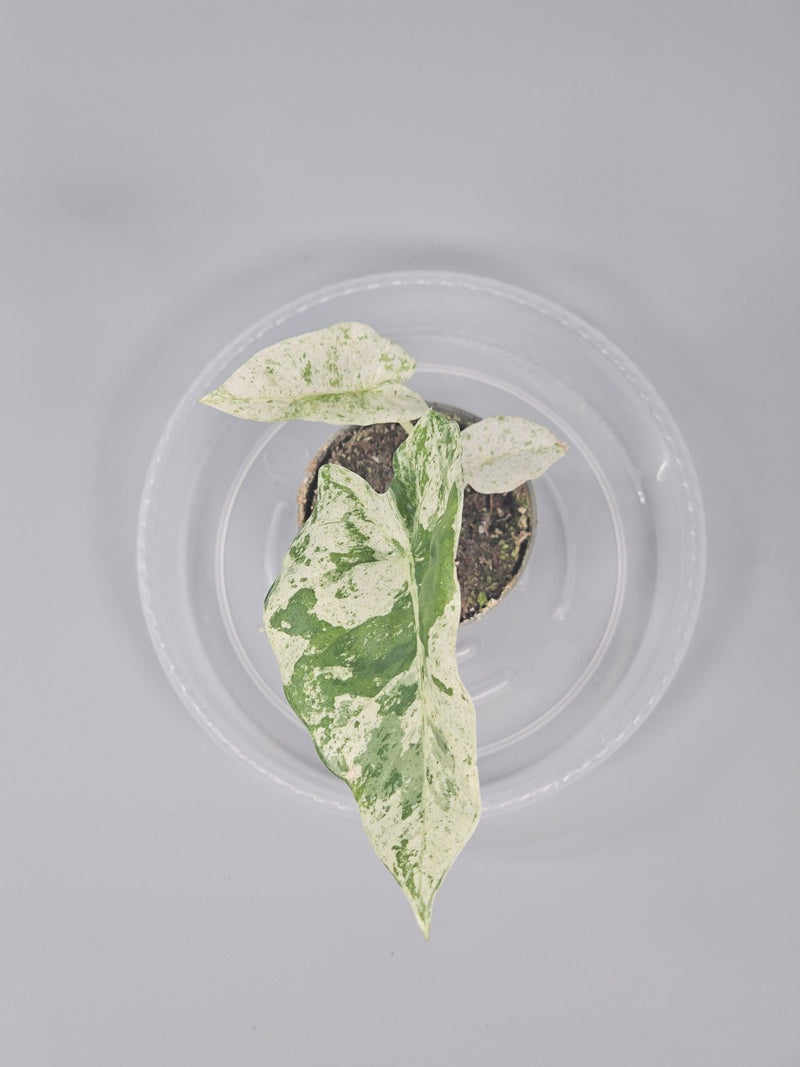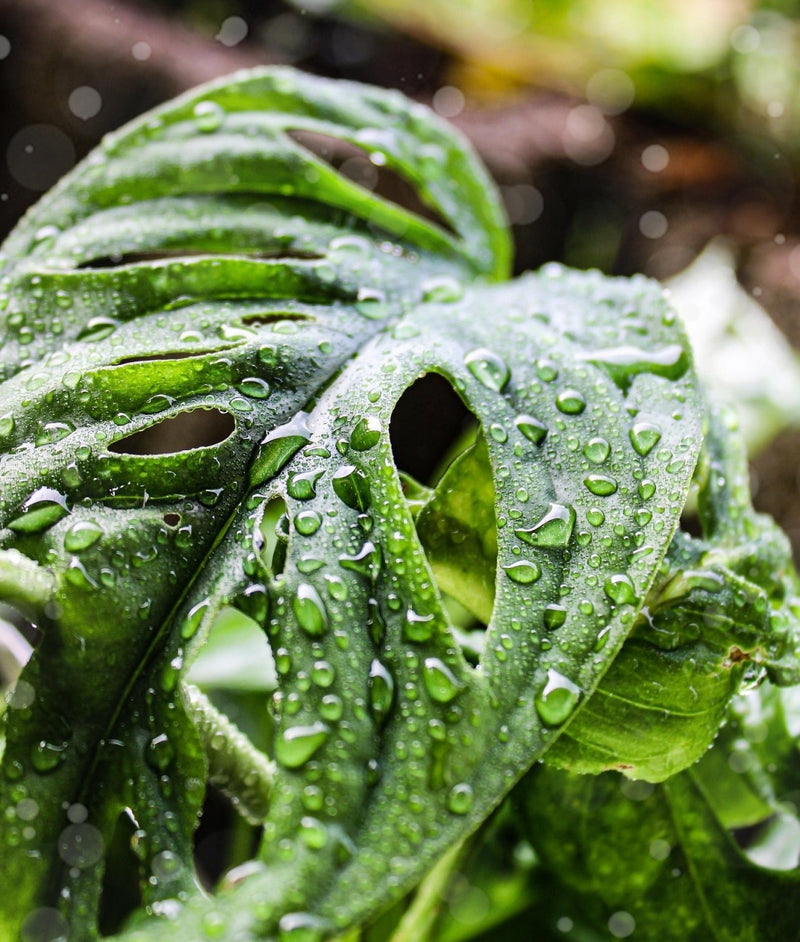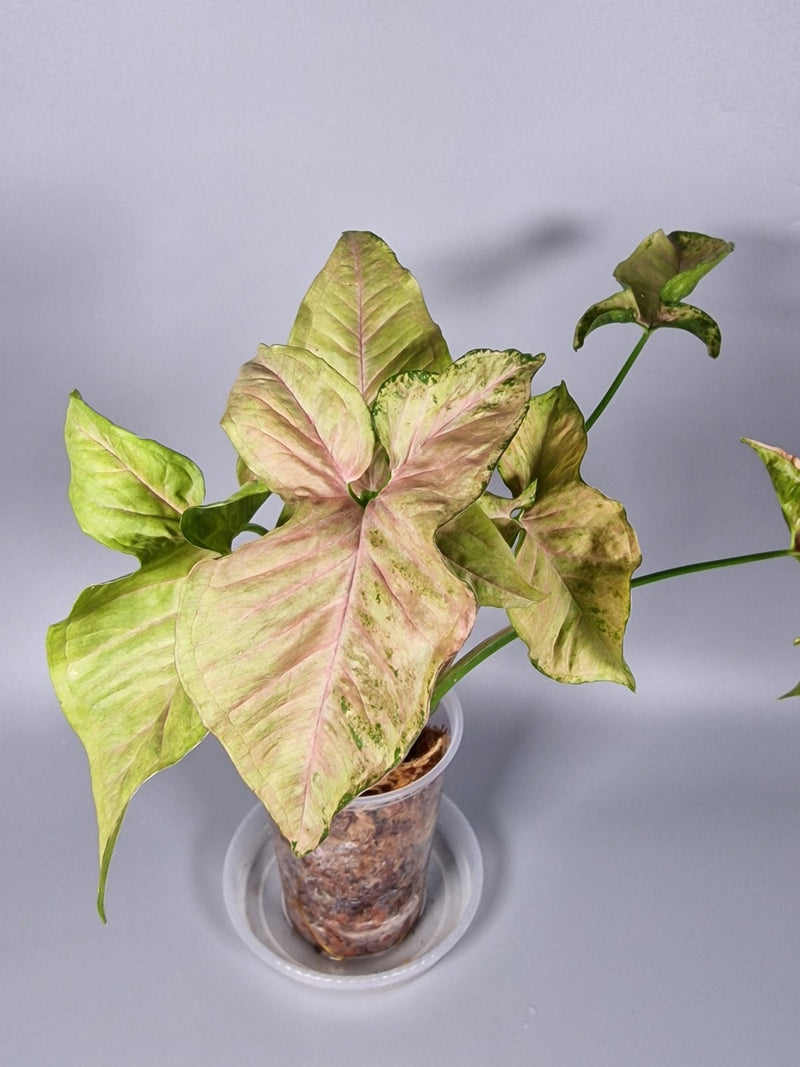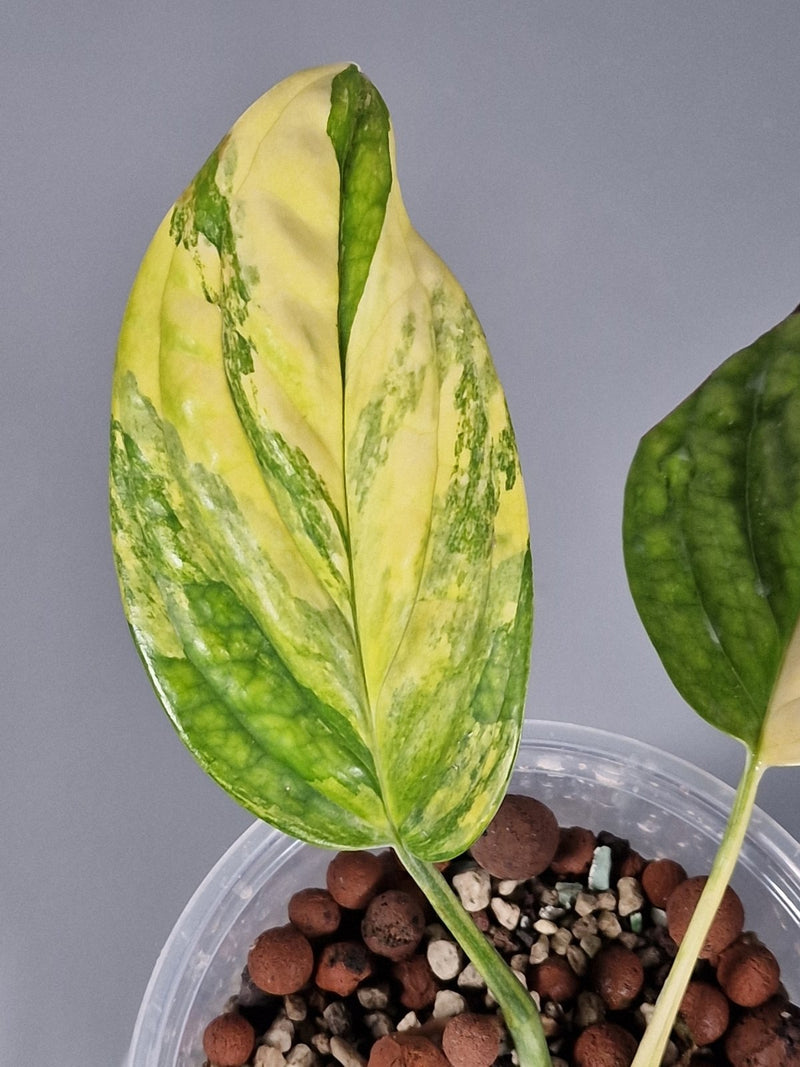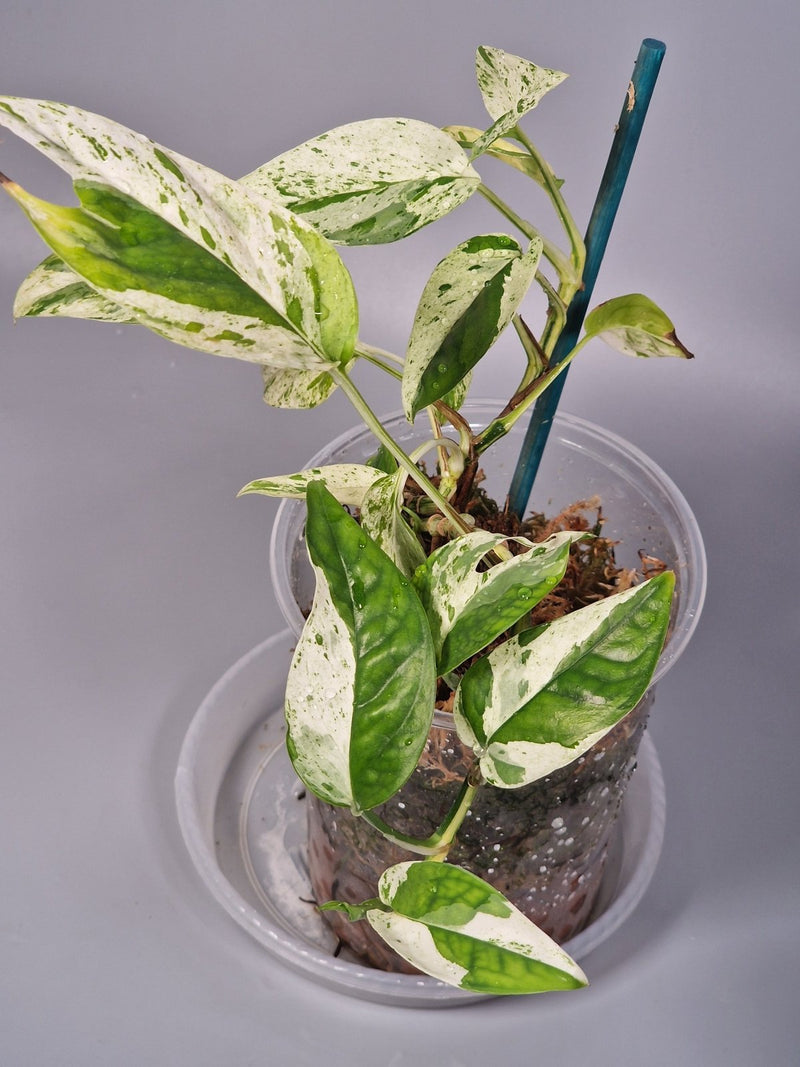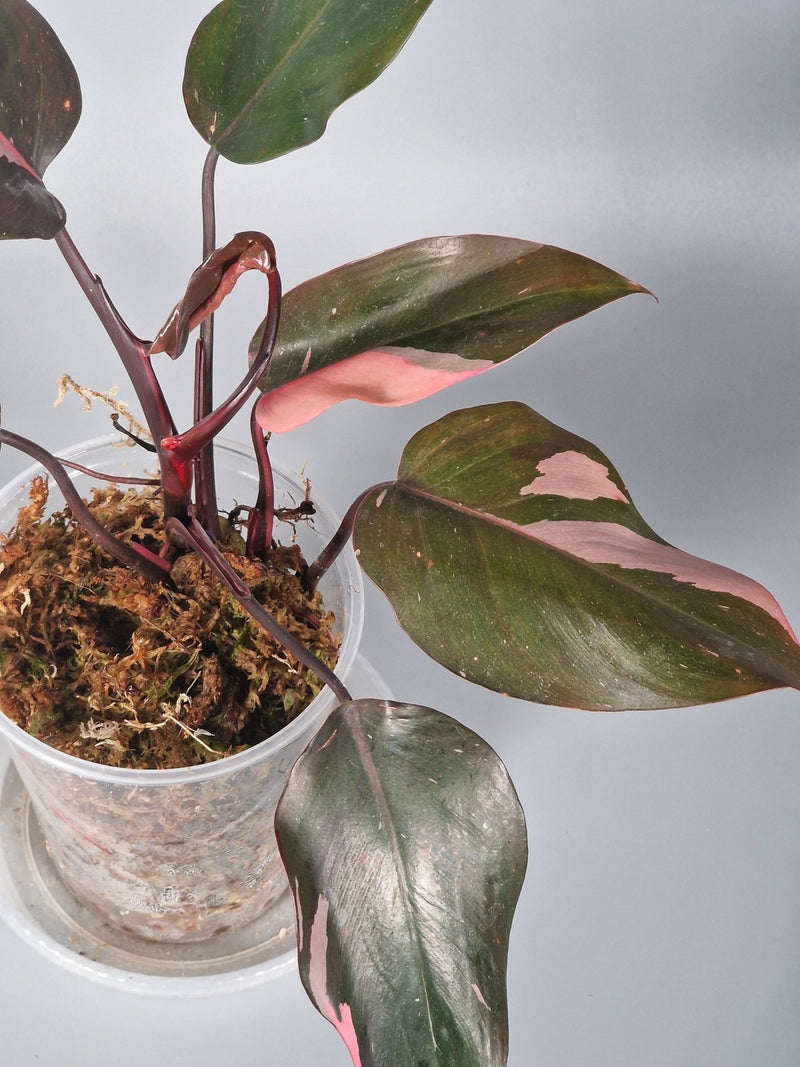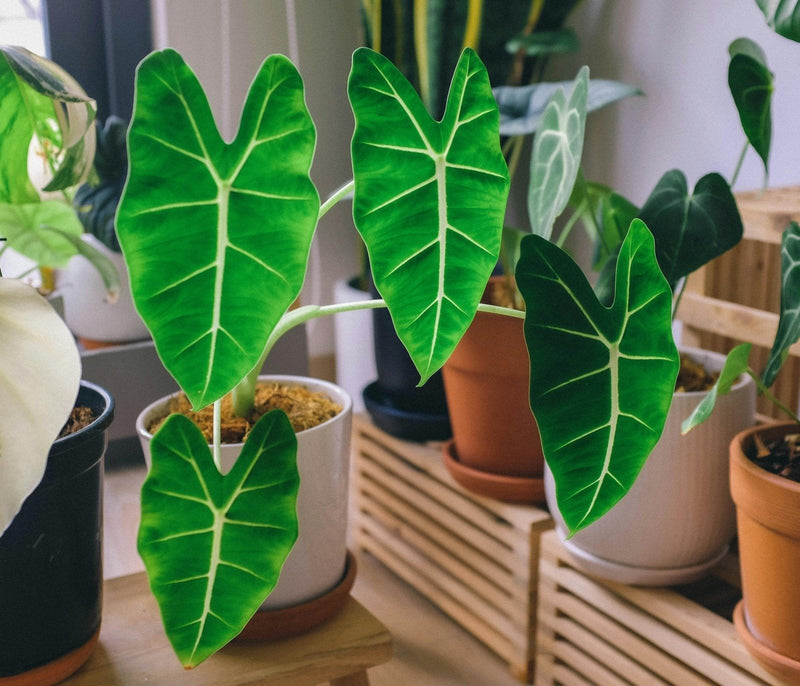How to Fertilise Tropical Houseplants the Right Way
Welcome to the vibrant world of tropical houseplants! If you're a lover of rare houseplants, you understand the importance of providing the right care to keep them thriving. A crucial part of that care is fertilisation. Today, let's delve into how you can fertilise your tropical beauties effectively, ensuring they grow healthy and strong.
Understanding the Needs of Tropical Houseplants
Tropical houseplants, such as those from the Monstera, Philodendron, and Anthurium families, originate from environments where they receive a steady supply of nutrients from their natural surroundings. In our homes, we need to replicate this by providing them with the right type and amount of fertiliser.
Choosing the Right Fertiliser
Not all fertilisers are suitable for tropical houseplants. Here’s what to consider:
- Formulation: Look for a balanced, water-soluble fertiliser with an equal ratio of nitrogen, phosphorus, and potassium (N-P-K). A formulation like 20-20-20 is often recommended.
- Trace Elements: Ensure the fertiliser includes essential micronutrients such as magnesium, calcium, and iron.
For organic options, consider fish emulsion or seaweed extract, which are gentle and enrich the soil ecosystem.
How Often to Fertilise
The frequency of fertilisation depends largely on the plant's growth phase and the season:
- Growing Season (Spring and Summer): Fertilise every month as this is when plants experience the most growth.
- Dormant Season (Autumn and Winter): Reduce fertilisation to once every two months or stop altogether, as plant growth slows down.
Application Techniques
Applying fertiliser correctly is just as important as choosing the right one. Here are some tips:
- Dilute the Fertiliser: Always follow the instructions on the label. Over-fertilising can lead to nutrient burn.
- Apply to Moist Soil: Never fertilise dry soil. Water your plant lightly before applying liquid fertiliser to prevent root burn.
- Even Distribution: Ensure the fertiliser is evenly distributed around the pot, avoiding direct contact with the plant's stem or leaves.
Signs You’re Over-fertilising
Keep an eye out for these symptoms, which can indicate that you're giving your plants too much fertiliser:
- Yellowing leaves
- Salt build-up on the soil surface
- Wilting despite adequate watering
If you notice any of these signs, flush the soil with water and reduce the frequency and concentration of your fertilisation routine.
FAQs about Fertilising Tropical Houseplants
Can I use coffee grounds as fertiliser for tropical houseplants?
While coffee grounds can add organic matter to the soil, they should be used sparingly and composted first, as they can be acidic and may affect soil pH.
How do I know if my fertiliser has the right micronutrients?
Check the label for a list of micronutrients. Look for ingredients like magnesium (Mg), calcium (Ca), and iron (Fe), which are vital for plant health.
What should I do if my plant shows signs of nutrient deficiency?
Identify the deficiency based on symptoms (e.g., chlorosis for iron deficiency) and adjust your fertilising approach accordingly, perhaps with a more targeted fertiliser.
Wrapping Up
Fertilising your tropical houseplants correctly is key to their growth and health. By understanding their needs, choosing the right fertiliser, and applying it properly, you’ll ensure your Syngoniums, Monsteras, and other tropical treasures are vibrant and flourishing. Remember, a little care goes a long way!
For more detailed guides on caring for specific types of rare houseplants, check out our post on how to grow Epipremnum pinnatum and Anthurium clarinervium care.


